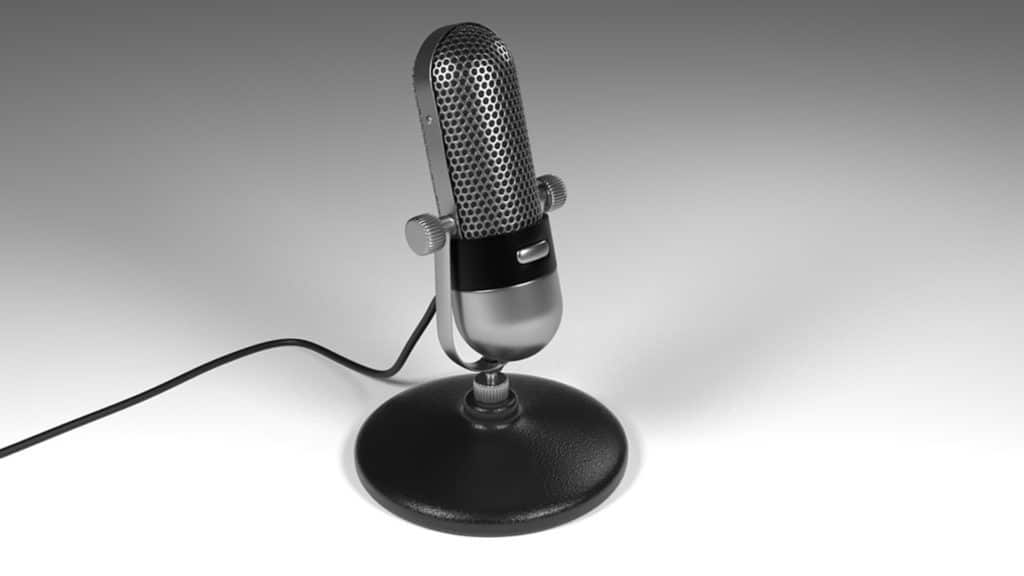How to Align Your Podcast with Your Association’s Body of Knowledge

Your association has defined its Body of Knowledge (BoK)—concepts and competencies for people to successfully work in the profession or a specific job. You’ve also made the BoK part of your education strategy. Now it’s time to turn it into content that is relevant and appealing to your audience.
One of the first places to turn is podcasts. They are an excellent way to engage audiences hungry for digestible knowledge. According to Podcast Insights:
- There are over 750,000 podcasts
- 51% of the U.S. population has listened to a podcast
- 49% of podcast listening is done at home; 25% in the car
- 80% listen to all or most of each podcast episode and they listen to an average of 7 shows per week.
Podcasts can be produced inexpensively, depending on decisions you make regarding recording equipment and editing platforms, among other variables. There also are plenty of resources to guide you on how to produce and host podcasts.
Still, podcasting can be challenging for associations. How do you keep content fresh and interesting while remaining relevant to your industry? And how do you incorporate the Body of Knowledge without boring your audience?
“When we launched our podcasts in 2016, we began with our Body of Knowledge,” said Holly Amatangelo, director of education of the Legal Marketing Association. “In fact, all of our content—our magazine, blog, webinars—map back to the BoK. It’s relevant to our audience because it addresses the skills they need to do their jobs well.”
Amatangelo spoke on a panel recently during a recent Association Media & Publishing lunch and learn session held at the Chicago office of the association management and services company SmithBucklin. The panel fielded questions from how to get started in podcasting to how to make it sustainable. During a breakout session, attendees helped each other brainstorm ways to improve their podcast content.
“It can be daunting for an association to commit to a podcast series,” Amatangelo said. “But we’re finding—after 41 episodes—that engagement is increasing and it’s dovetailing nicely with our other offerings. Plus, we are finding a seemingly endless supply of topics and people to feature.”
Where to Start
Having an established content strategy ensures alignment and relevance across all of your organization’s channels: publications, newsletters, social media, blogs, websites, videos, etc. Podcasts are just another tool in your communication arsenal to effectively engage, educate and inform both current and prospective members, as well as broader communities of industry professionals. So make sure you are purposeful in determining what content is ideal for the podcast format, who the audience is, and what outcomes you want to achieve. Following are four simple approaches to developing compelling podcast content:
Interview an Expert
The best insights come directly from the source. Listening to an expert’s perspective helps connect the audience with that person on a more personal level. Listeners will hear the expert’s passion for a topic—something you can’t express in print—and they discover what drives the expert. Associations are filled with these subject-matter experts. Just ask them. By the way, your conferences’ speakers and panelists also make great interviewees.
Listen-spiration: SIGGRAPH Spotlight, Episode 6
The Association for Computing Machinery’s Special Interest Group on Computer Graphics and Interactive Techniques (ACM SIGGRAPH) produced this podcast interview of two Pixar Animation Studios executives about the history and future of computer graphics research.
Be Current
What’s happening in government, business, entertainment, pop culture, or technology that affects your industry? Be newsy and topical by creating podcast episodes that correlate with specific events or trends. Educate your listeners with critical background information. Examples include upcoming legislative agendas, movie releases, product announcements, or major holidays.
Listen-spiration: WDMA Open & Close Podcast, Episode 7
Following the government shutdown, two executives from the Window & Door Manufacturers Association (WDMA) discuss the outlook for critical issues that could impact the window, door and skylight industry, including trade and tariffs, energy and regulatory policies, and emerging state issues.
Tell a Story
Everyone enjoys a good story, and it’s even more captivating when told first-hand in your ear. A podcast has the ability to capture stories in powerful ways. It just takes a little legwork to track down these stories. Start by asking your members questions that elicit story-telling answers. How did you get involved in your profession? How did you make a difference for a client, customer, or patient? What compelled you to take the particular education series?
Listen-spiration: The NSGC Podcast Series, February 2019
Genetic counselors discuss the importance of self-care to prevent burnout in their field during this podcast on The National Society of Genetic Counselors’ (NSGC) website.
Support Your Community
Integrate your podcast with events and initiatives in your organization. If you host an annual conference, conduct interviews with attendees or speakers pre- or post-event. Giving listeners an inside look at events can bolster registration and prove the value of attendance. Go in-depth with the author of research, books, or webinars on timely and relevant topics in your industry.
Listen-spiration: LMA Podcast, Episode 41
An author and researcher share insights and best practices about innovation, collaboration, and transformation within the legal marketing field during this Legal Marketing Association (LMA) podcast.
There are a lot of variables to address to make your organization’s podcast fit your mission and the needs of your unique audience. Done well, podcasts can be a highly effective component of an integrated content strategy.
Tags
Related Articles
Report Reveals Strategies to Overcome Membership Decline
McKinley Advisors’ Membership Reset report provides a roadmap that association leaders can use to refocus...
Member Retention: More Than Just a Number
Learn how the AANA used humor and multichannel marketing to win back lapsed members.
Building Tomorrow: HACIA’s Member Development Initiatives Are Reshaping the Construction Industry
Jacqueline Gomez, Executive Director of the Hispanic American Construction Industry Association (HACIA), describes the crucial...




